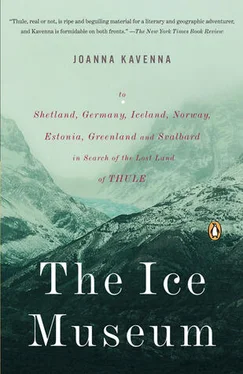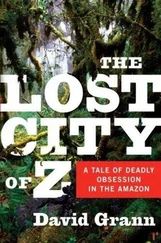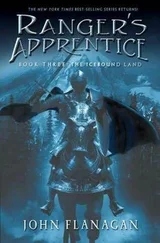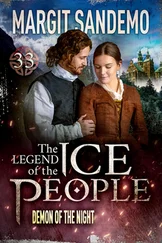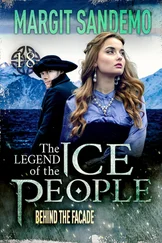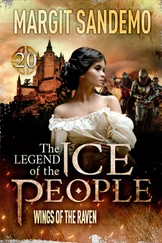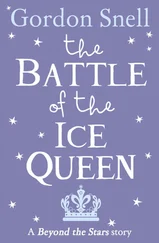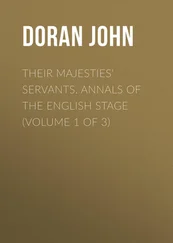Finding the arrival in Reykjavík slightly tepid, Burton slipped into fantasy, staging himself a joyful pageant. As his ship docked into a grey harbour he lined the Ancients up on the quayside, like a cross-temporal welcoming party. Guest of honour was Pytheas, who ‘evidently referred to Iceland’ in his account of Thule, thought Burton. And he recalled the words of Pomponius Mela, who described Thule as a land famous in Greek and Roman poems, where the winters were dark and the summers bright with constant sunshine. Mela had mentioned the Orkney and Shetland Isles, and the Scandinavian Isle elsewhere, so he couldn’t have been thinking of them when he mentioned Thule, said Burton. From this, Burton claimed, Mela’s Thule was Iceland, though his maps were uncertain.
Writing his Natural History , Pliny the Elder had named a host of islands near Britain before he turned to Thule. Ireland, Pliny wrote, lay beyond Britain, and other than that there were smaller islands: the Orkneys separated narrowly from one another, the Hebrides, and the seven ‘Acmodae,’ which might have been the Shetlands. The most remote of the recorded islands was Thule, and ‘at one day’s sail from Thule, there is the frozen ocean,’ wrote Pliny. Burton marshalled Pliny into his welcoming party, though he had written about Thule in his section on Britain, but this, Burton decided, had been charming ignorance, and a sensitive interpretation would make Pliny an advocate for Iceland-Thule. And though Claudius Ptolemy had placed Thule further south, his measurements were bound to be wrong, wrote Burton, so it was best to ignore Ptolemy’s longitudes and latitudes, and just assume he had meant Iceland too.
The Venerable Ancients—Burton dragged them to the quayside, forcing bunting into their hands, enlisting them in a ghostly procession of long-dead experts, waving banners: ‘You are now in Thule.’ Saxo Grammaticus, Cluverius, Harduin and Dalechamp, Bougainville, Hill, Penzel, Pontanus, Thilo, Mercator and Mannert, listed Burton, an incantation of names, as he stood in the harbour surveying the cracked lava plains of Iceland. All of them thought that Iceland was Thule. Burton could see no reason to doubt the reality of Thule. Iceland might have been discovered by Pytheas, or even by the Carthaginians before him. ‘The old tradition of Thule, though different ages applied the word differently, was never completely lost,’ Burton thought. Though the official rediscovery of Iceland dated from the Norse arrivals in the ninth century, there was evidence to suggest Irishmen had been going there in the century before, if not much earlier.
At least as early as the eighth century, wide-eyed clerics had been stepping onto this cracked land, casting themselves to the ground, seeing devils in the dark piles of lava. Seafaring Irish monks arrived on clerical outings, looking for an empty place to pray. They found pure white plains, dark hell pits; they scrambled around on the beaches, struck by visions of men dressed entirely in white, imagining Judas Iscariot chained to a rock, suffering eternal torment. Latin-muttering, margin-illuminating monks, trying to escape their blue-black cows, the wet pastures of Kerry. They found islands where tables were laid for dinner, covered with fish and grapes; they found themselves intoxicated by the smell of fruit on these opulent islands, but they would turn a corner, and find a devil urinating on their boat. They reported back from Iceland, which they called Thule, describing it as a place where the sun shone through the night in the summer, so bright that you could see the lice in your shirts, they reported. It was a confusing land the clerics found, full of mysteries, and they used it like a hermitage, sitting on the rocks, hearing the voice of God in the rumbling of the glaciers.
Burton drew in a later source, as further proof of his theory. There was Christopher Columbus, who might have sailed to Iceland, which he called Thule. From the dusty evidence, it seemed that Columbus might have sailed in February 1477, before his expedition to the New World. He knew Seneca, he knew the lines about the coming time when ‘the immeasurable earth will lie open, when seafarers will discover new countries, and Thule will no longer be the extreme point among the islands.’ Columbus found that Thule was as large as England, and the sea was not frozen, though the tides were rough, and the waves rose twenty-five fathoms twice a day. It was a place where the English went to trade. Columbus’s claim to have reached Thule had been almost as controversial as Pytheas’s original story. He was doubted because he had claimed the waves around Iceland were astonishingly high, because he placed the island too far north, and said that he sailed far beyond its coasts without being stopped by ice. Columbus was accused of being a braggart, who couldn’t hear of a place without claiming to have reached it. Others suggested he had arrived in Iceland, but had exaggerated the details to make his journey more compelling.
Burton was part of another, later, list of names, brought in as an expert witness for an Icelandic Thule. Writing in the 1940s, the Canadian explorer Vilhjalmur Stefansson used Burton as part of his argument that Thule had been Iceland. Stefansson believed that the ancient Britons had heard of Iceland, or even reached it in their boats, and told Pytheas about it when he arrived in Britain. And Stefansson was convinced that Columbus had been to Iceland. Sailing through sluggish seas, Columbus might have been surprised by a sudden storm, and in the chaos of the swell, waves smashing onto the deck, might have overestimated the height of the waves. Stefansson had a handful of points to back his argument that Iceland was Thule, but his main proof was Richard Burton. Richard Burton, wrote Stefansson, had believed that Iceland was Thule, and Burton was ‘known to some as a great figure in the history of nineteenth-century travel . . . admired as belonging with Caesar among those who can both do things and write about them.’ The summing up for Iceland appeared conclusive, wrote Stefansson.
By the time he turned his attention to Thule, Stefansson had a long and controversial history of Arctic exploration behind him. He had proposed excitable theories about what might lie around the North Pole, imagining it as a region rich in minerals. In 1913 he had led a catastrophic expedition on the Karluk and had left his captain and crew when the ship became frozen in the ice. Many of those remaining on board died after the ship was sunk by the pressure of the ice. The survivors were forced to struggle towards Siberia. Stefansson returned safely, having spent years among the Inuit populations of the north. He needed the force of Burton’s personality behind his theories, the icy glare of a convinced Victorian, surveying the sources.
At midday, Johannes the poet was sitting with a beer, biding his time. We were in a bar around the corner from the Town Hall, where young Icelandic couples were spread across sofas, drinking coffee and reading the papers. Johannes was small and dark-haired, wearing a tattered blue suit, a grimy white shirt falling out of his trousers, a style of deliberately debased formality. Johannes wrote skittish verse about life in the north. His hands were stained with ink, as if he had recently tipped an inkpot across them.
‘I write in the tradition of the Sagas,’ he said, immediately, as I sat down. ‘We all in Iceland write in the tradition of the Sagas. It wasn’t so long ago, everyone knew all the Sagas; they sat around in the evenings reciting them. On the farms in the valleys, there wasn’t much to do. They called it the Icelandic Library, the old men and woman reciting the Sagas to each other, to their children and grandchildren, and of course eventually they knew them off by heart. I write in this tradition; as an Icelander it is inherent to me,’ he said.
Читать дальше
